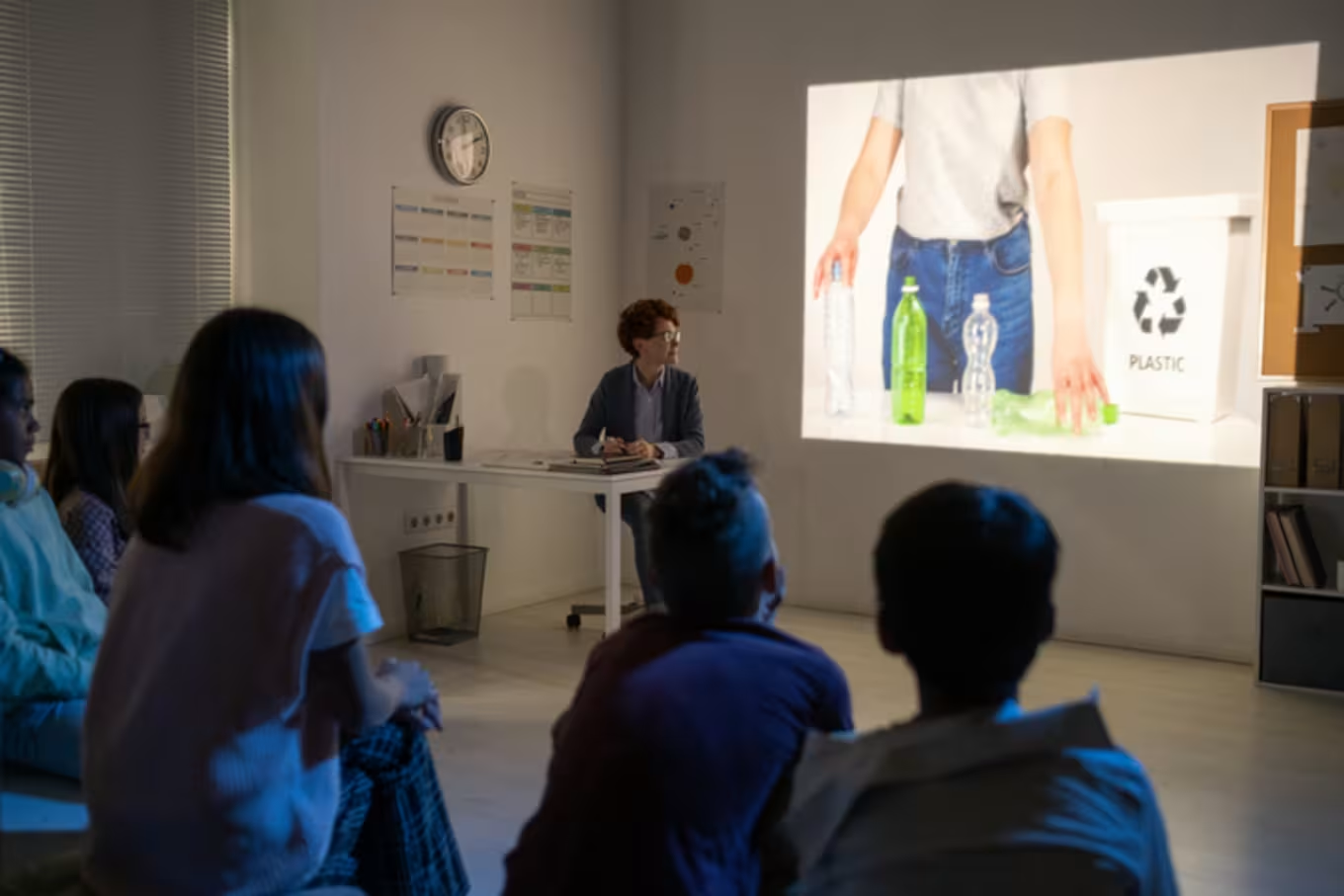We're here to help.

Many anticipatory sets miss the point. Simply telling students what they’re learning that day won’t interest them (unless the topic itself is that exciting to them); it’s best to think of a strategy that encourages engagement, for example, a good presentation. A short video, news article or quick conversation are examples of ways to present an anticipatory set. Technology can be used effectively as well, such as presenting information in a well-planned slide show.
The value of a good anticipatory set cannot be overstated. As the beginning portion of a lesson that sets the stage for new material, it’s an important part of the student’s learning. In fact, the lack of a useful anticipatory set is the often most overlooked aspect of many lessons.
As teachers, we must ensure the anticipatory sets we use are relevant to our students’ background knowledge and interests as well as implemented with a purpose. An anticipatory set becomes ineffective if the subject is uninteresting, irrelevant or lacking in some way to students.
To think outside of your creative zone, try collaborating with your colleagues on ways to improve your anticipatory sets. Find out what other teachers have used to get students interested in lessons and try them yourself; you never know what new ideas this collaboration could bring!
You can also keep a journal and document the anticipatory sets that have worked well. Be detailed about how you presented the information and how students engaged with it. Consider lessons your colleagues and mentors are teaching—how are they using anticipatory sets to activate student engagement and learning?
A good anticipatory set can be presented in many forms. We want students to be excited about the upcoming lesson, and we can accomplish that in various ways. Using topics they are interested in, real life experience or current events is a great way to build interest. Once we lose the interest of students for a lesson, it’s very difficult to get them back on task. If we get their attention by using anticipatory sets before the lesson begins, we are already on the right track.
Want more? Check out all of the articles from Teaching Tuesday and return each week for a new post. Learn more about Grand Canyon University’s College of Education and our degree programs and join in our efforts to elevate the education profession
As you plan an anticipatory set, it’s important to understand what your students already know. Surveys are one effective strategy to gather information on your students’ background knowledge and interests. Ask students what they know about a topic and about what they like.
Another strategy is to try to relate to students’ real-life experiences. What is trending in their world? An online search or following the news will give useful ideas of what to include.
Anticipatory sets are strategically designed to ignite interest in a topic presented. One of the best ways to spark student interest is to tap into their curiosity. For students to be curious about a topic, they must first have a preliminary understanding of what is being discussed. We know every student is different, including diverse cultural backgrounds and varying life experiences.
For these reasons, every student reacts differently as you begin your anticipatory set. Some students may have an immediate memory retrieval or content connection, while others may be confused or lack confidence in their thought process. By integrating collaboration activities early in the lesson, we are encouraging students learning through their diverse perspectives. Some ways to do this are a Know- Want to Know- Learned (KWL) chart, or a Think- Pair- Share (TPS) activity.
Think about ways you can present your anticipatory content in different but creative formats. When designing your presentation, consider comparing and contrasting the subject matter you are introducing to familiar subjects. This helps students make connections to previously learned content or prior experiences. Thinking maps, such as Venn Diagrams, is a common and useful tool to do this.
05/29/2025
9 min read
03/27/2025
8 min read
01/17/2025
6 min read